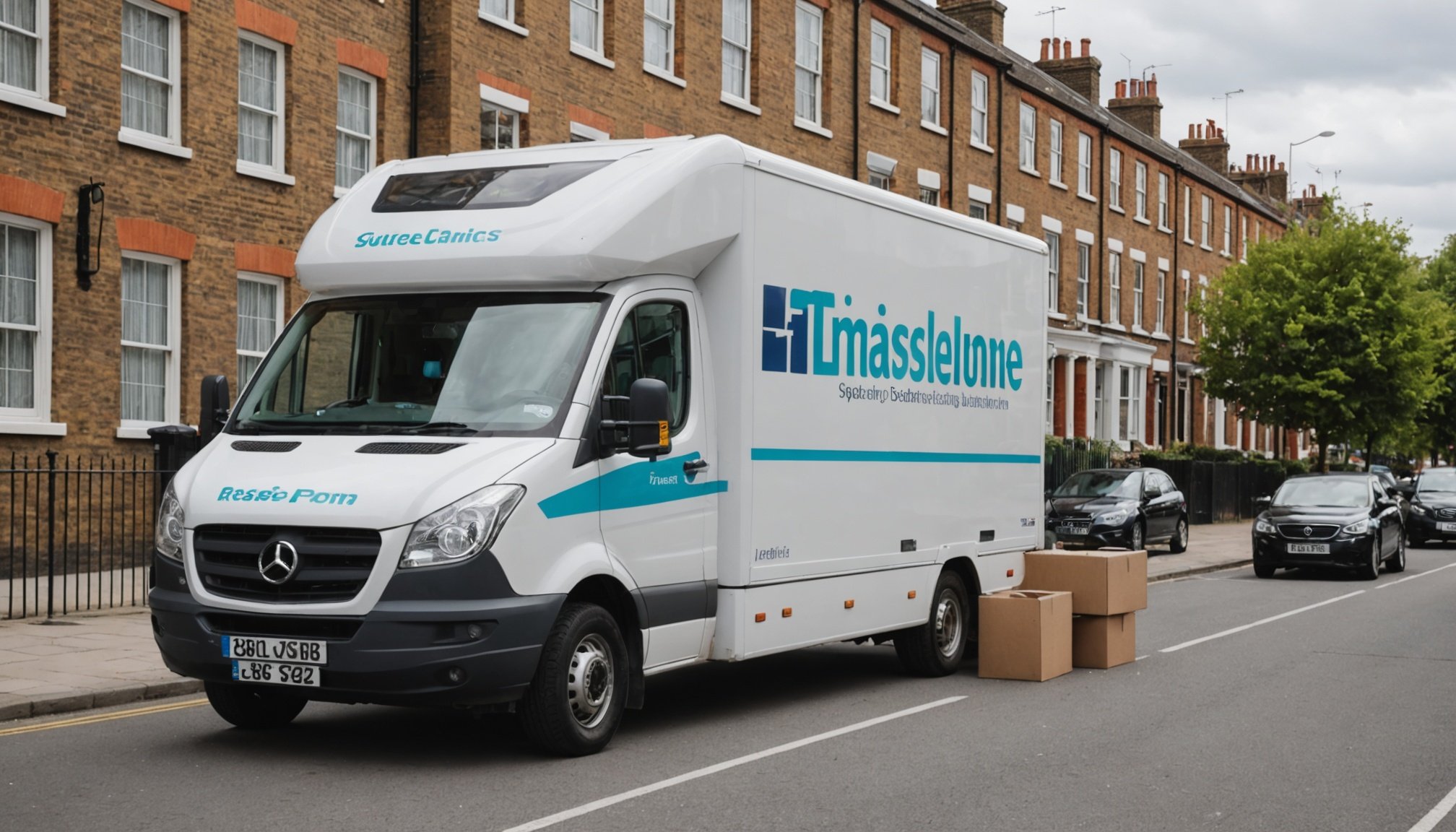Understanding the Moving Process in London
Navigating the moving process in London can be a complex task, primarily because of its bustling urban environment. The city’s unique layout and congested streets create distinct urban moving challenges. As such, early planning and meticulous organization are essential components of a smooth transition.
Overview of the Moving Process
A successful move begins with a comprehensive house relocation guide. This guide should outline each step, from packing and transportation to unpacking at your new home. Given London’s density, it’s crucial to account for parking restrictions and access issues when arranging transport.
Dans le meme genre : Essential Local Permits You’ll Need When Relocating to Central London: A Comprehensive Guide
Common Urban Challenges
London presents its own set of challenges for those relocating. Narrow roads and limited parking demand careful coordination with moving companies to secure necessary permits. Additionally, unpredictable weather can affect moving day, necessitating flexible plans.
Importance of Planning and Organization
To overcome these hurdles, detailed planning is key. Create a timeline that includes all steps, from initial packing to the final set-up. Prioritize tasks and consider backup plans to mitigate potential disruptions. Employing professional movers familiar with London’s intricacies can further ease the burden, ensuring your transition is as seamless as possible.
Lire également : Essential Factors to Consider for Choosing Reliable Moving Insurance in the UK
Preparing for Your Move
Moving can feel overwhelming, but with thoughtful early planning, the transition can be smooth. To prepare for a move, especially in a bustling city like London, it’s crucial to start at least two months prior to your relocation date. Why so early? Starting ahead gives you ample time to research and engage with reliable local moving services, ensuring you get the best quotes that fit your budget.
An essential aspect of moving preparation in London is crafting a comprehensive packing checklist. Tailor your checklist to the specifics of city life, considering factors like narrow street access or limited parking. Begin sorting and decluttering your belongings to determine what will move with you. This preparation allows for a more organized approach when the packing process kicks off.
When planning, always seek quotes early from multiple local movers. This strategy helps you identify potential costs and understand available services better. Additionally, engaging with movers early ensures availability, as the demand in city environments can be unpredictably high. Keep this in mind two months out to secure your preferred moving date and service.
Developing Your Moving Timeline
Organising a move in London can be chaotically exciting, especially if it unfolds within a structured moving timeline. Adopting a systematic approach ensures efficiency and reduces stress. Let’s explore the pivotal phases in this moving calendar.
8 Weeks Before Moving Day
Begin by compiling a list of critical tasks. It’s essential to organise all your important documents and notify utilities and other services. This proactive preparation provides ample time to address issues that may arise. A step-by-step timeline will guide you through these early stages, creating an adaptable framework.
4 Weeks Out
At this stage, finalizing logistics with movers becomes paramount. Consider the unique aspects of urban settings, such as compact spaces, and embrace packing strategies accordingly. Decluttering is pivotal here; donate items you don’t need, thus reducing what has to be moved and providing others with usable goods.
1 Week to Moving Day
In the final stretch, focus on last-minute packing tips to secure everything safely. Attention to detail is essential for a smooth move-out day. Keep your essential items accessible—things like medication, chargers, and basic toiletries—so they are readily available until your new space becomes a home. A deliberate focus on this part of the timeline alleviates unnecessary pressure.
Navigating London’s Unique Moving Challenges
Moving in London introduces a set of distinct challenges that require careful navigation. One of the primary london moving challenges is understanding parking regulations and obtaining necessary permits. Before the move, it’s crucial to contact local authorities to secure parking permits. This prevents fines and ensures that vehicles can be stationed close to the residence, aiding in efficient unloading.
Narrow streets present another hurdle. London is known for its quaint and historic neighbourhoods, but these charming areas often come with access issues. Measure your furniture and doorways beforehand to anticipate any potential fits. For oversized items, consider hiring a specialist moving service familiar with urban settings.
Additionally, urban relocation tips highlight the importance of planning for public transport accessibility on moving day. Given London’s extensive public transport network, factor in routes for movers and personal travel. Consider potential disruptions or restrictions on moving vehicles and plan alternative routes.
Understanding local regulations is integral to a seamless move. Be aware of congestion charges and environmentally sensitive zones which may impact costs and routes. By meticulously planning around these london moving challenges, your relocation can be smoother and more organised.
Logistics of Moving in London
Understanding the logistics of moving in London can significantly ease the stress often associated with relocating. One of the foremost concerns is selecting appropriate transportation options for moving your belongings. In London, you can choose from various means, such as hiring professional moving services, renting a van, or even using smaller, more agile options like bicycles for lightweight items. Each option comes with its benefits and potential downsides; for example, professional movers eliminate physical strain but can be costly.
Utilizing local resources can also facilitate a smoother transition. Local shops and community boards often have reusable packing materials, which can save money and reduce waste. Additionally, leveraging online forums can provide insights into recommended service providers or even local businesses that could assist in your move.
Timing is crucial when planning your move. Coordinating your relocation to avoid highly congested periods, such as weekdays during peak hours, can lead to substantial time and cost savings. Being mindful of both your schedule and London’s traffic patterns is essential for an efficient move.
Being strategic about these factors can lead to a more seamless transition and a positive start in your new location.
Settling Into Your New Home
Moving into a new home, especially in a bustling city like London, can be both exhilarating and overwhelming. Settling in London requires some essential groundwork to ensure a smooth transition. An efficient new home checklist is a great starting point.
After you unpack those boxes, the first task should be connecting with local services and amenities. This includes setting up utilities like water, gas, and internet services. Ensure you have registered with a local GP and have explored your neighbourhood’s transport options.
Integrating into the local community is crucial for making your new house feel like home. Start by participating in community events or joining local interest groups. Volunteering is another excellent way to meet people and understand the local culture better.
When you understand the nuances of your new surroundings, you create a sense of belonging and camaraderie. It’s about more than just ticking off boxes; it’s about making genuine connections and appreciating your new environment. This journey helps in creating a richer experience and a comfortable living space in your new home. So, embrace the change, explore, and enjoy your new adventure!











